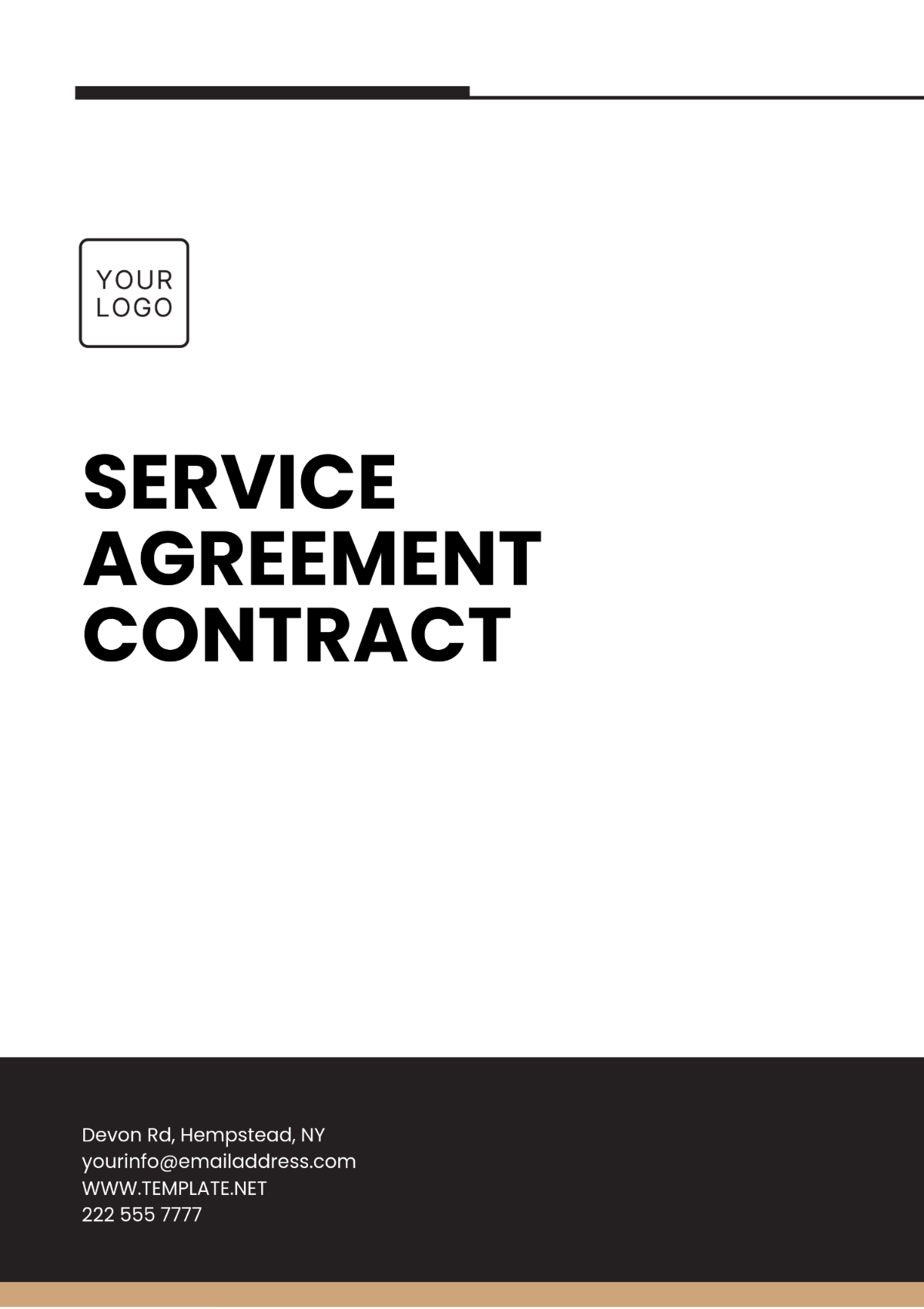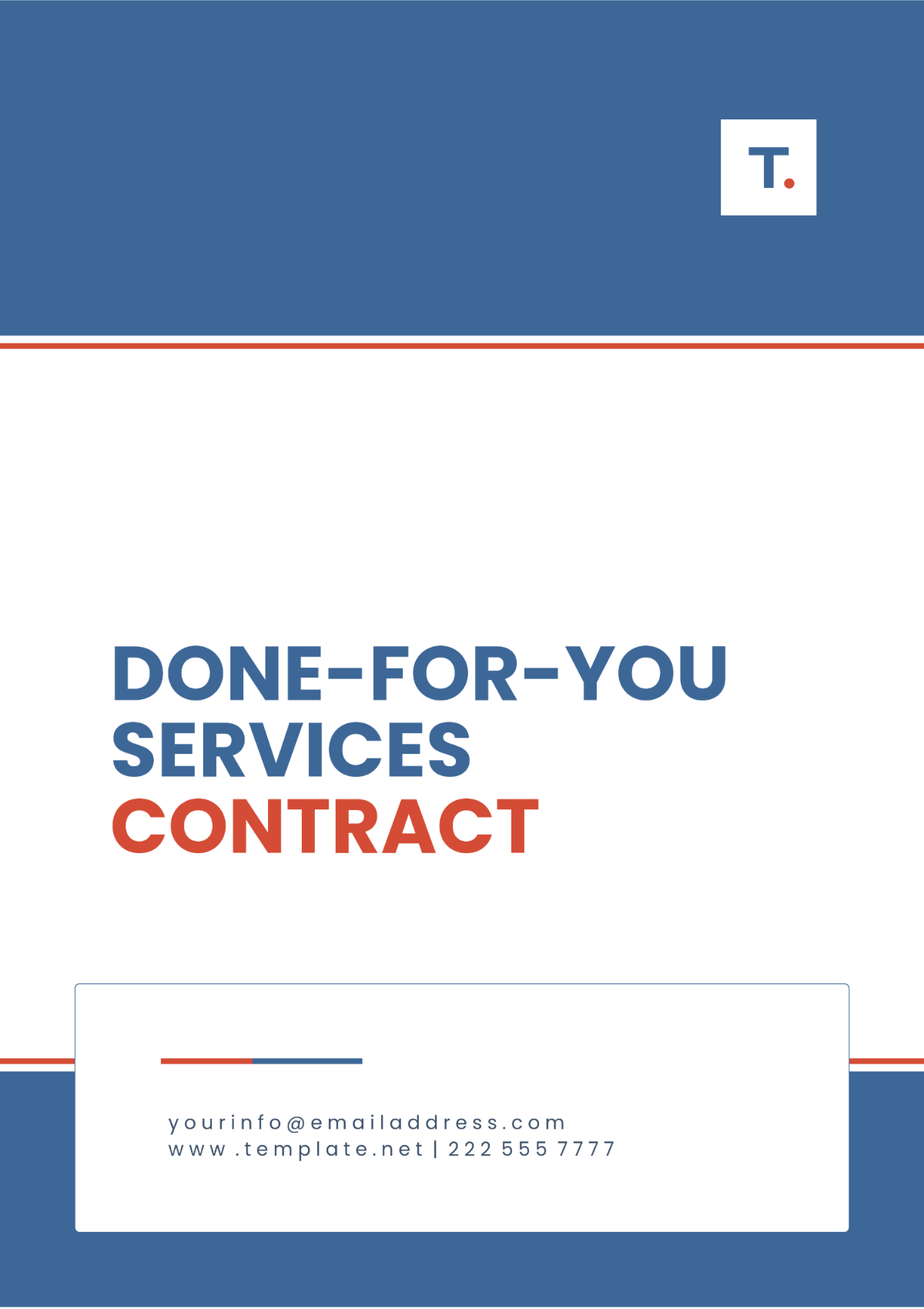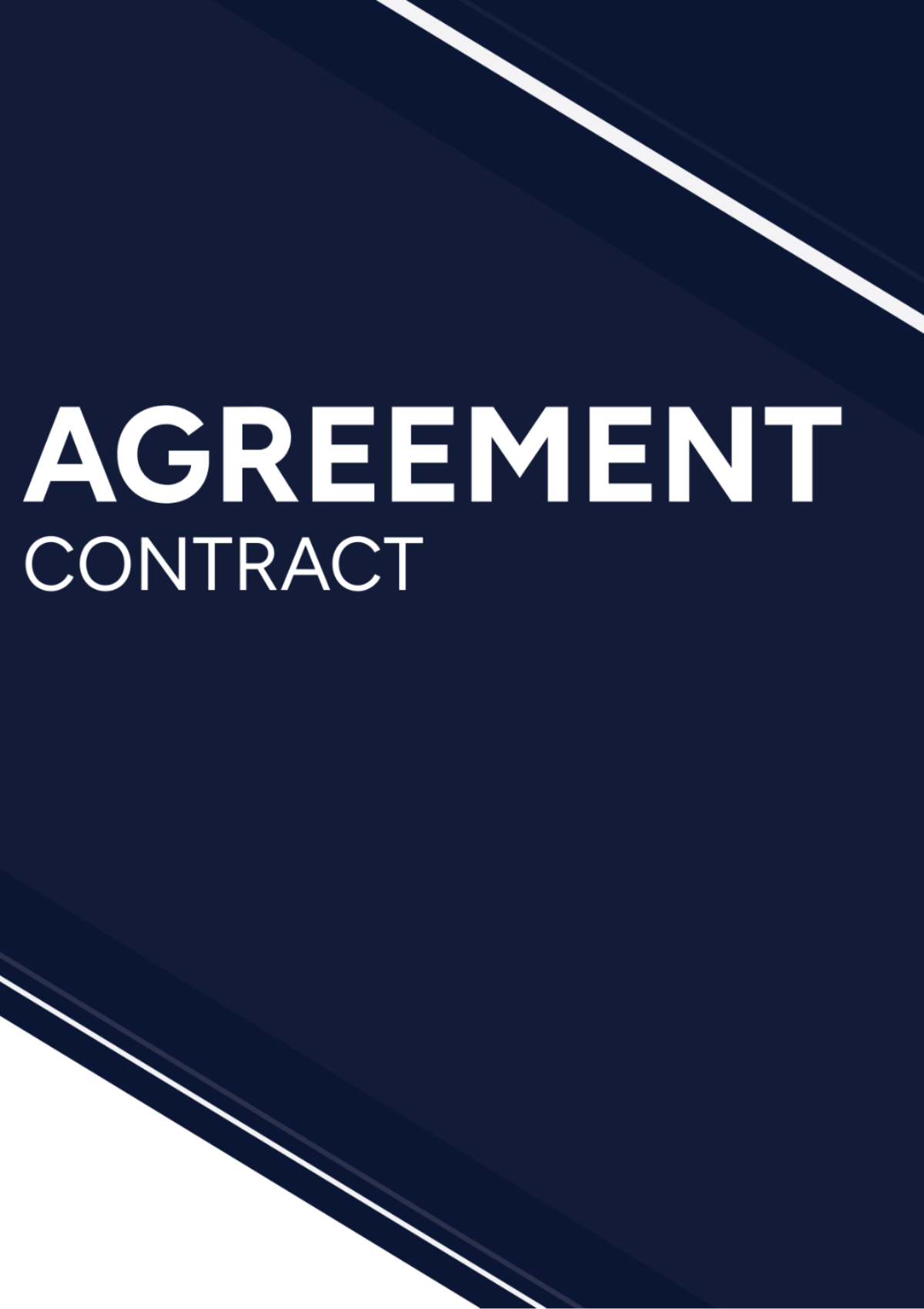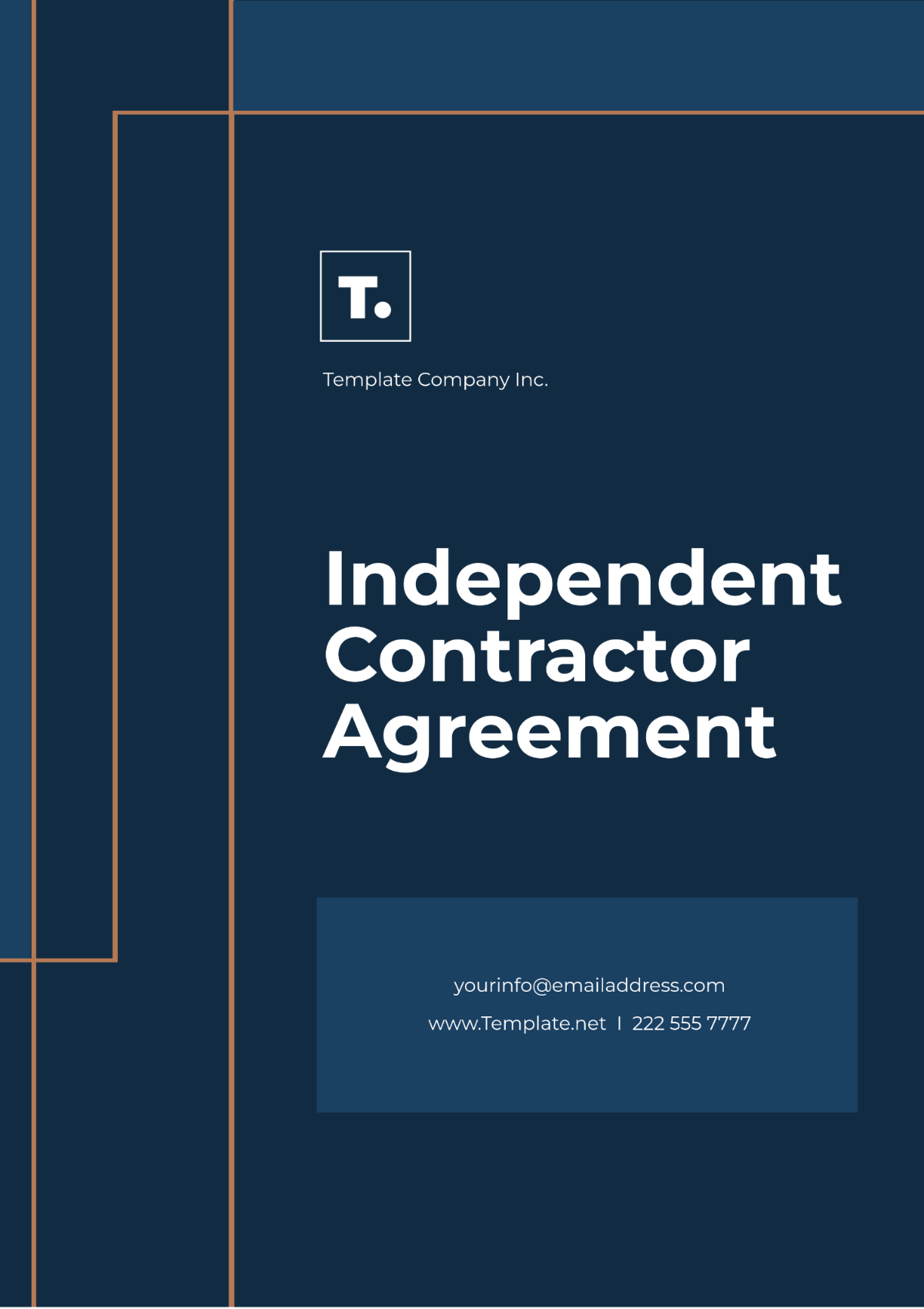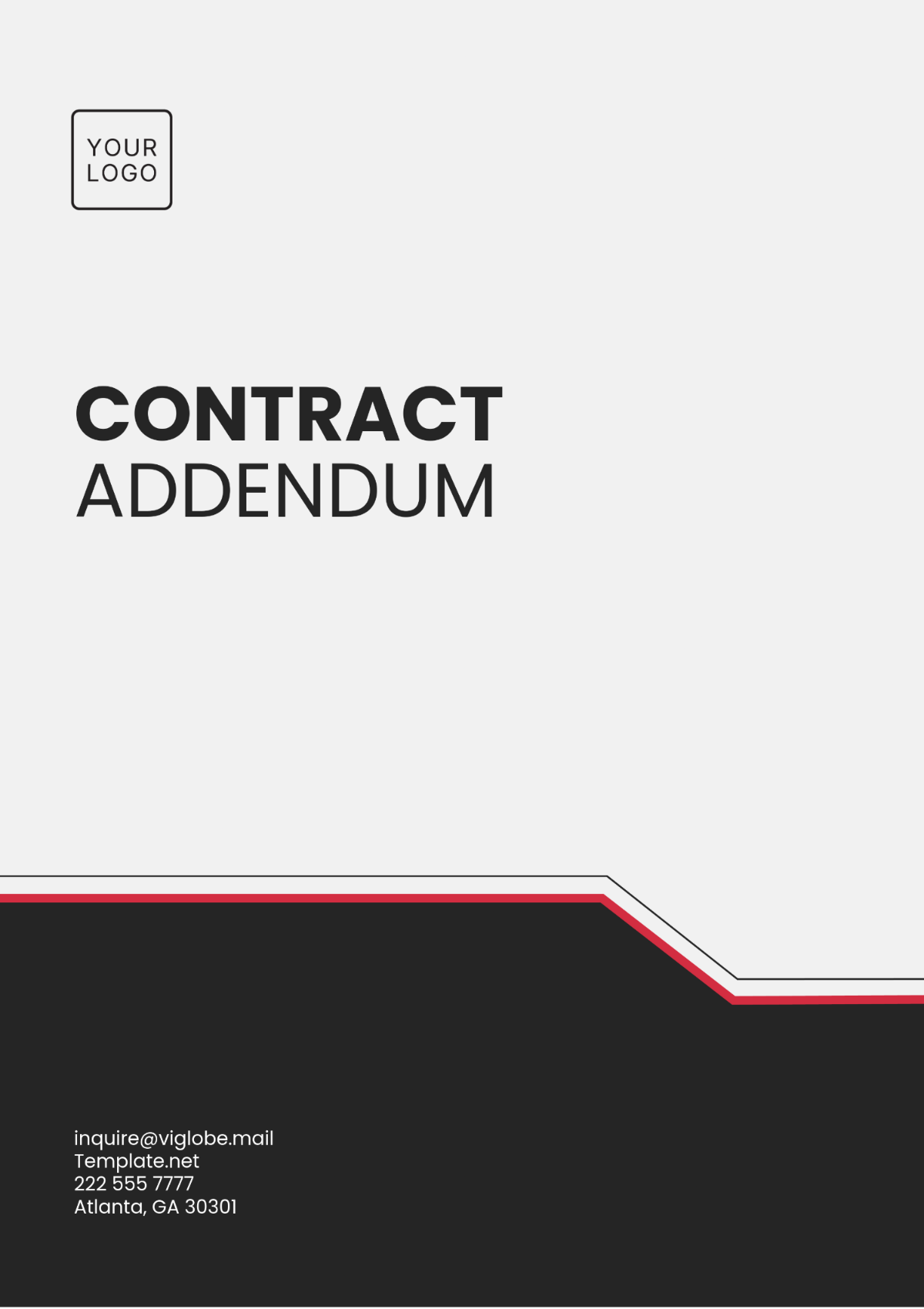Free Contractor Handbook
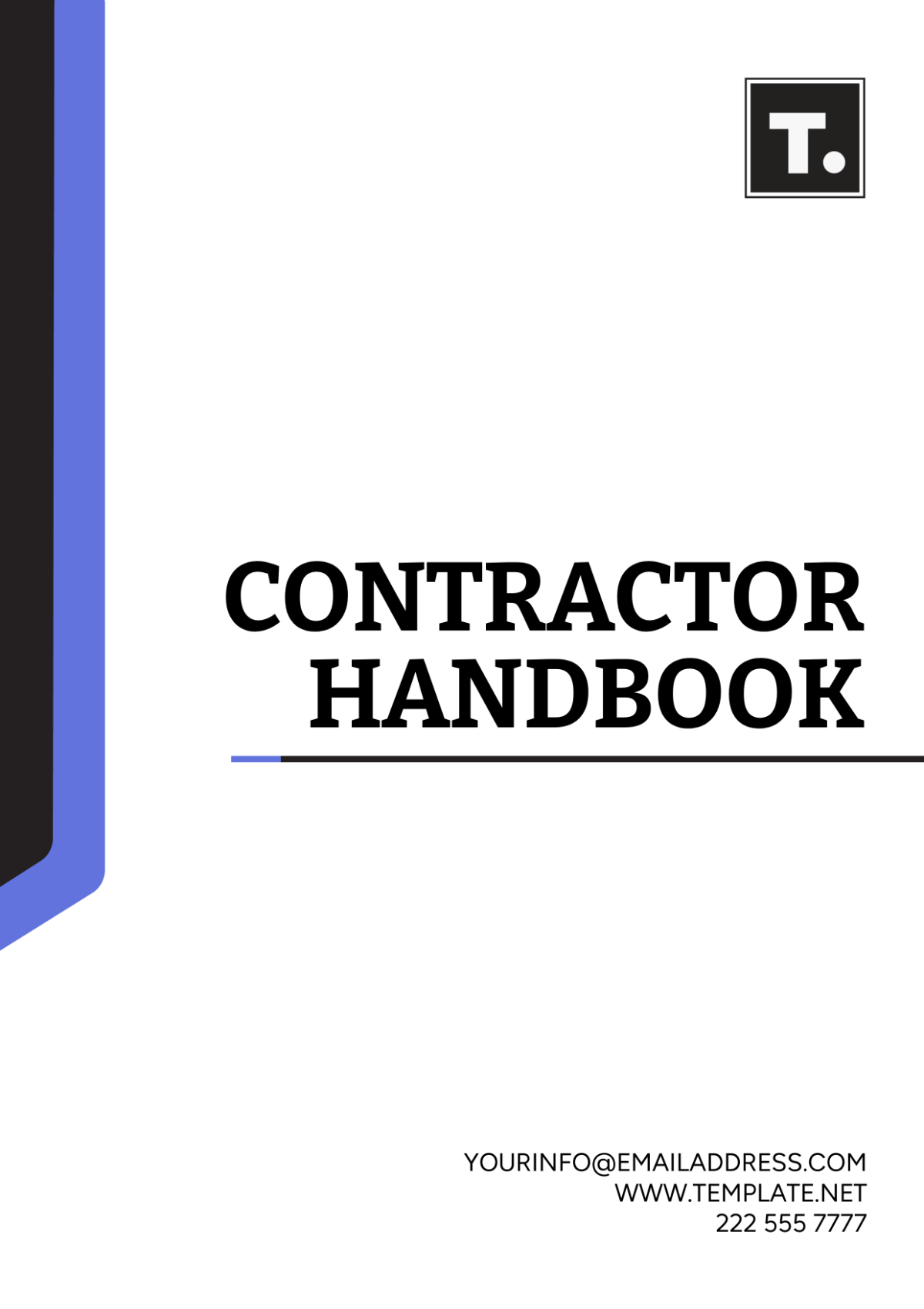
- 100% Customizable, free editor
- Access 1 Million+ Templates, photo’s & graphics
- Download or share as a template
- Click and replace photos, graphics, text, backgrounds
- Resize, crop, AI write & more
- Access advanced editor
Enhance and Discover the Contractor Handbook Template from Template.net. Crafted for precision, this editable and customizable gem simplifies contractor management. Seamlessly adjust policies and procedures to your needs with ease, all within our intuitive Ai Editor Tool. Elevate your contractor onboarding experience effortlessly. Streamline your contractor management effortlessly with this essential resource.
You may also like
- Rental Contract
- Contractor Contract
- Contract Agreement
- One Page Contract
- School Contract
- Social Media Contract
- Service Contract
- Business Contract
- Restaurant Contract
- Marketing Contract
- Real Estate Contract
- IT Contract
- Cleaning Contract
- Property Contract
- Supplier Contract
- Partnership Contract
- Food Business Contract
- Construction Contract
- Employment Contract
- Investment Contract
- Project Contract
- Payment Contract
- Student Contract
- Travel Agency Contract
- Startup Contract
- Annual Maintenance Contract
- Employee Contract
- Gym Contract
- Event Planning Contract
- Personal Contract
- Nursing Home Contract
- Law Firm Contract
- Work from Home Contract
- Software Development Contract
- Maintenance Contract
- Music Contract
- Amendment Contract
- Band Contract
- DJ Contract
- University Contract
- Salon Contract
- Renovation Contract
- Photography Contract
- Lawn Care Contract
CONTRACTOR HANDBOOK
Name: | [Your Name] |
Company: | [Your Company Name] |
Date: | [Date] |
I. Introduction
Welcome to the [Your Company Name] Contractor Handbook. This document serves as a comprehensive guide for contractors engaged in projects with Globex Construction. It outlines essential information, policies, and procedures to ensure smooth collaboration and adherence to standards.
II. Responsibilities of the Contractors
As a contractor with [Your Company Name], you are expected to:
Adhere to project timelines and deliverables: Timely completion of tasks and milestones is crucial to project success. Promptly communicate any delays or challenges to the project manager.
Maintain a safe work environment: Ensure that work areas are free from hazards and follow safety protocols at all times. Conduct regular safety inspections and address any identified hazards promptly.
Communicate effectively: Keep project managers informed of progress, challenges, and any deviations from the project plan. Respond promptly to communication from project stakeholders and seek clarification when needed.
III. Safety
Safety is our top priority at [Your Company Name]. Contractors must adhere to all safety protocols and regulations to prevent accidents and injuries.
III.I Working at Heights
When working in environments that involve heights, contractors must adhere to a set of specific safety measures designed to minimize any potential risks associated with such activities.s.
A. Ladders
Use appropriate ladders for the task, ensuring they are of the correct height and weight capacity. Never use makeshift ladders or damaged ones.
Inspect ladders for damage before use, checking for cracks, loose rungs, or other defects. Report any defects immediately and remove the ladder from service.
Secure ladders properly to prevent slips and falls, using non-slip grips or stabilizers as needed. Maintain three points of contact when climbing or descending ladders.
B. Working Platforms
Ensure working platforms are stable and secure before use, checking for level ground and proper support. Never work on unstable or makeshift platforms.
Use guardrails and harnesses when working on elevated platforms to prevent falls. Secure tools and materials to prevent them from falling.
Avoid overloading platforms beyond their capacity, following weight limits specified by the manufacturer. Distribute weight evenly and avoid sudden movements.
C. Elevated Work Platforms
Receive proper training before operating elevated work platforms, including instruction on equipment operation and safety procedures. Do not operate equipment unless authorized and trained to do so.
Inspect equipment for defects before use, checking controls, hydraulics, and structural integrity. Report any defects immediately and do not use the equipment until it is repaired or replaced.
Follow manufacturer guidelines for safe operation, including weight limits, usage restrictions, and maintenance requirements. Never modify or alter equipment without proper authorization.
IV. Traffic Management
Contractors must comply with traffic management procedures to ensure the safety of all personnel on-site and minimize disruptions to traffic flow.
Vehicle Movement: Maintain safe speeds and adhere to designated traffic routes within the construction site. Follow traffic signs and signals at all times.
Signage and Barricades: Follow signage and barricades to indicate construction zones and hazards to both workers and passing vehicles. Keep pedestrian walkways clear of obstacles.
Flagging: Use trained flaggers to control traffic flow and ensure safe passage around work areas. Communicate effectively with flaggers and follow their instructions carefully.
V. Digging, Trenching, and Excavation
Before any digging, trenching, or excavation work, contractors must obtain necessary permits and follow established procedures to prevent damage to underground utilities and ensure worker safety.
Utility Location: Contact utility companies to locate and mark underground utilities before excavation begins. Verify utility locations using appropriate methods, such as hand digging or vacuum excavation.
Shoring and Trenching: Use appropriate shoring techniques and protective systems to prevent collapses and cave-ins in trenches. Never enter an unprotected trench deeper than four feet without proper protection.
Excavation Safety: Implement proper ventilation and atmospheric testing in confined spaces to prevent hazards such as suffocation or toxic exposure. Provide adequate means of egress for workers in confined spaces.
VI. Electrical Works
Contractors involved in electrical works must adhere to industry safety standards and regulations to prevent electrical hazards and ensure the integrity of electrical systems.
Lockout/Tagout: Implement lockout/tagout procedures to de-energize electrical systems before maintenance or repairs. Use lockout devices and tags to prevent accidental energization.
Personal Protective Equipment: Use appropriate PPE, including insulated gloves, safety glasses, and arc flash protection, when working with electricity. Inspect PPE regularly for defects and replace it as needed.
Grounding and Bonding: Ensure proper grounding and bonding of electrical equipment to prevent shocks and electrocution hazards. Test grounding systems regularly and repair any deficiencies immediately.
VII. Hazardous Substances (Chemicals)
Proper handling, storage, and disposal of hazardous substances are essential to protect the environment and ensure the safety of personnel. Contractors must follow all relevant guidelines and procedures.
Material Safety Data Sheets (MSDS): Review MSDS for hazardous substances before use to understand potential hazards and proper handling procedures. Store MSDS in a readily accessible location for reference.
Spill Response: Implement spill response procedures to contain and clean up hazardous substance spills promptly and safely. Use appropriate absorbent materials and personal protective equipment during cleanup.
Personal Protective Equipment (PPE): Wear appropriate PPE, such as gloves, goggles, and respirators, when handling hazardous substances to prevent exposure. Follow decontamination procedures after handling hazardous materials.
VIII. Emergency Procedures
In case of emergencies, contractors should follow established procedures to ensure the safety and well-being of all personnel on-site.
A. Hazard and Incident Reporting
Immediate Reporting: Report any hazards or incidents immediately to the designated supervisor or safety officer. Provide details about the location, nature of the hazard or incident, and any injuries sustained.
Detailed Documentation: Document all incidents and near misses in an incident report, including contributing factors and corrective actions taken. Use photographs or sketches to illustrate the scene if necessary.
Follow-up: Follow up with relevant authorities to ensure appropriate corrective actions are taken to prevent recurrence. Conduct a thorough investigation into the root cause of the incident and implement corrective actions as needed.
B. First Aid
Basic First Aid: Administer basic first aid to injured personnel if trained to do so, including CPR, wound care, and splinting. Provide reassurance and comfort to the injured individual while awaiting further medical assistance.
Medical Assistance: Seek medical assistance for serious injuries promptly, either by calling emergency services or transporting the injured individual to a medical facility. Provide detailed information about the nature and severity of the injury to medical personnel.
C. Safety Breaches
Reporting Procedure: Report any breaches of safety protocols or regulations to the appropriate authorities, such as the project manager or safety officer. Provide details about the violation and any corrective actions taken.
Investigation: Conduct a thorough investigation into the safety breach to determine the root cause and identify corrective actions to prevent recurrence. Involve affected workers in the investigation process to gather firsthand information.
Training and Awareness: Provide additional training and awareness programs to prevent future safety breaches and promote a culture of safety among all personnel. Reinforce the importance of adhering to safety protocols and the potential consequences of non-compliance.
D. Important Numbers
Police: 911 (Emergency)
Fire: 911 (Emergency)
Ambulance: 911 (Emergency)
IX. Conclusion
Thank you for your commitment to safety and quality while working with [Your Company Name]. By adhering to the guidelines outlined in this handbook, we can ensure successful project outcomes and a safe working environment for all.
Revision History
This handbook is subject to revisions. All contractors must keep up to date with the changes and ensure understanding and compliance with the most recent version of this handbook. The document history below provides a summary of changes made in each revision.
Version | Date | Description | Author |
|---|---|---|---|
1.0 | The initial release of the Contractor Handbook | 2050-05-08 | John Doe |


